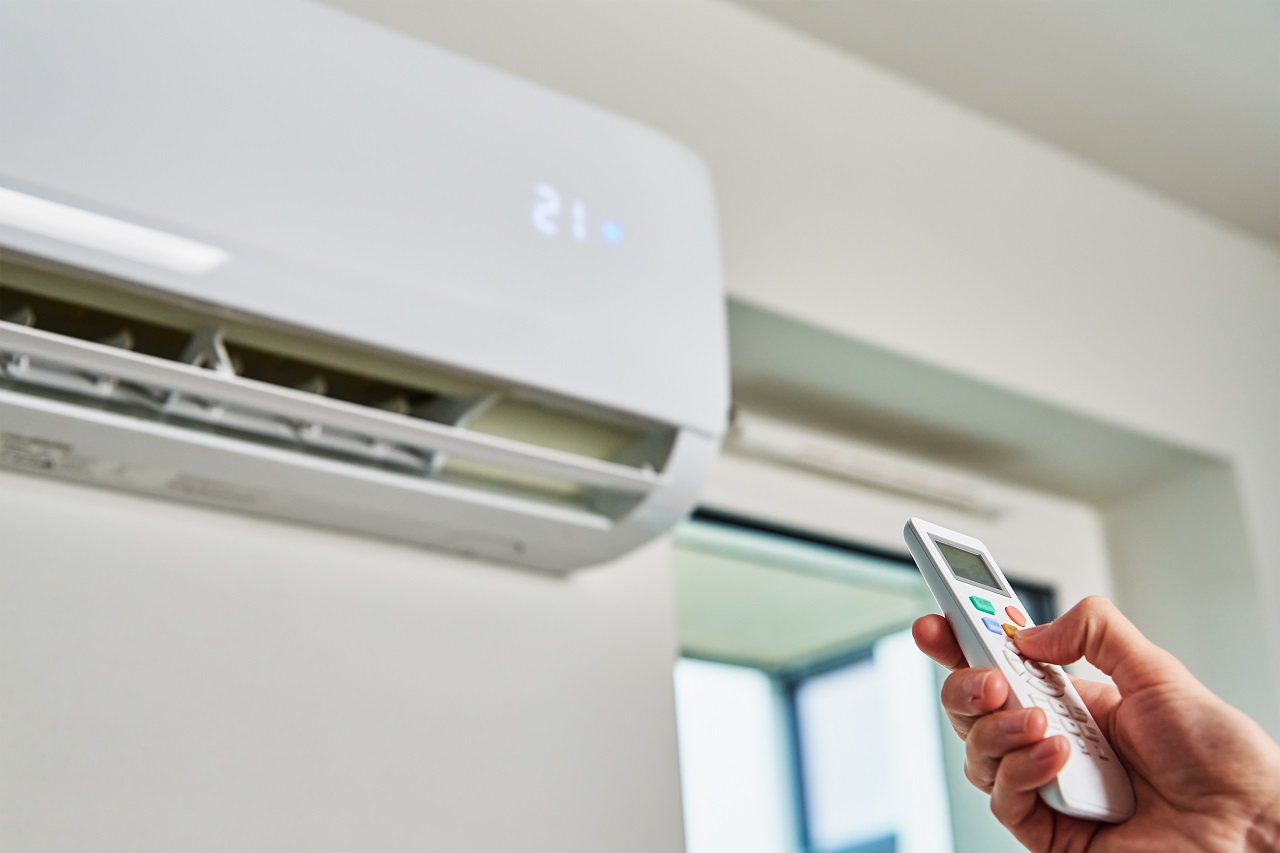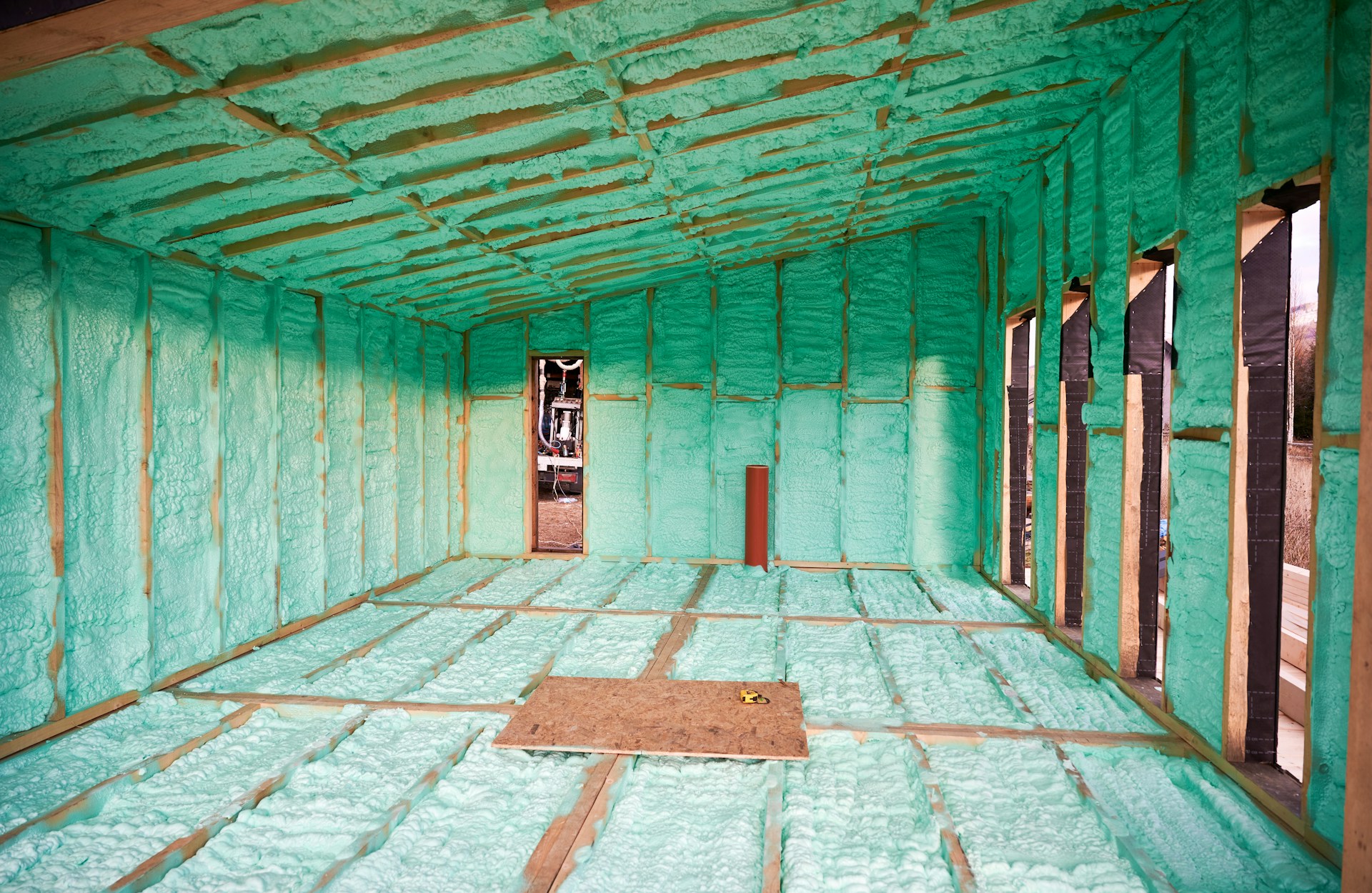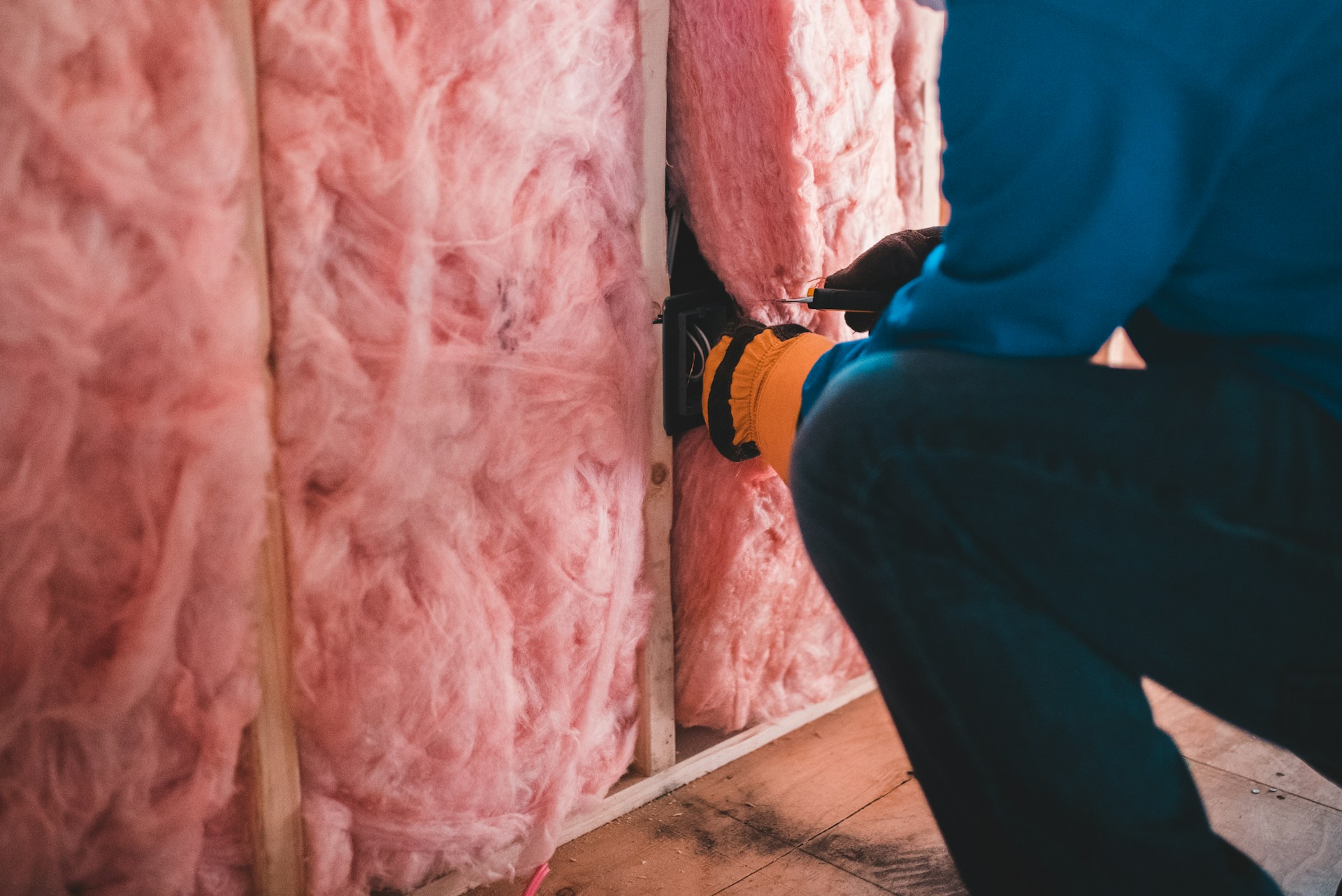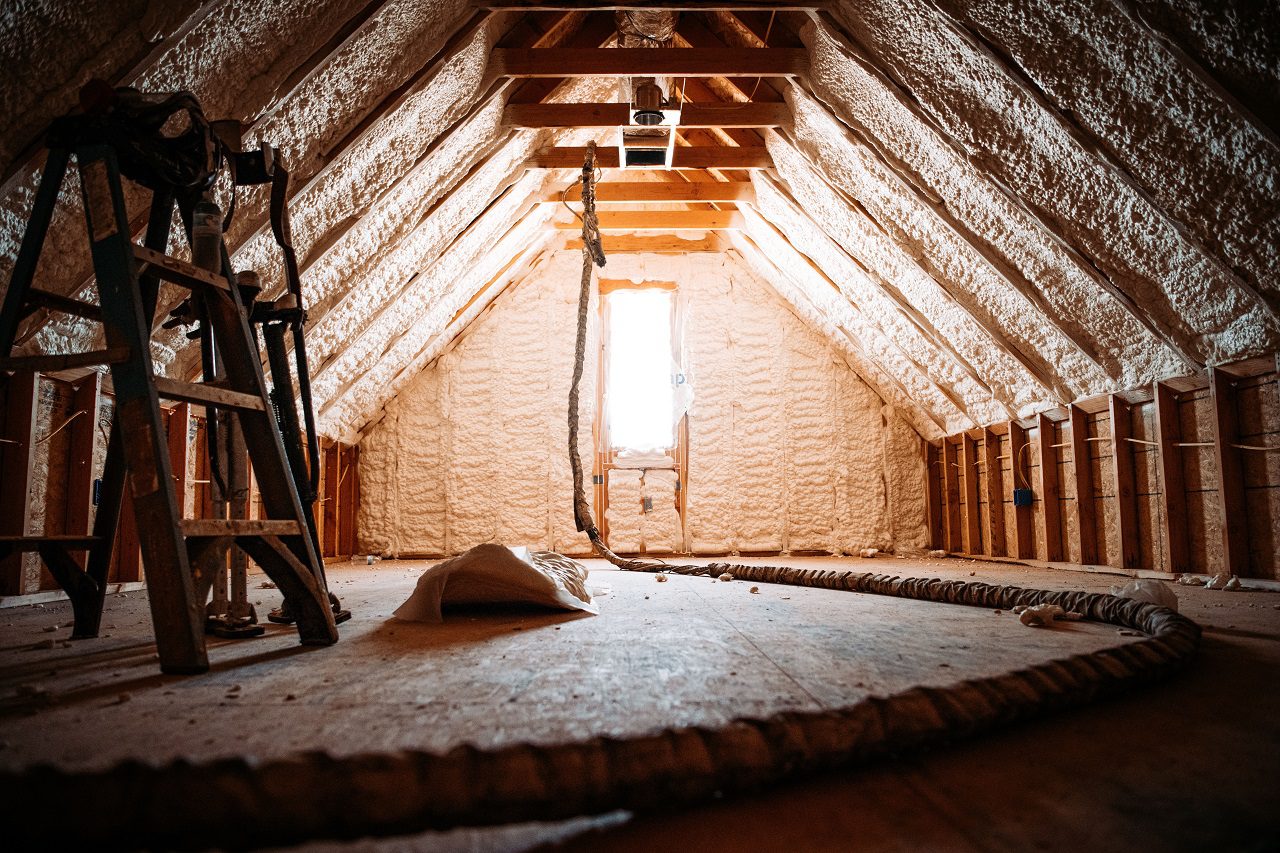Summer can be a challenging time for your wallet, especially with the cost of keeping your home cool. When temperatures rise, energy bills often follow. But, there are several ways you can save money on cooling without sacrificing comfort. By making smart choices and a few changes around your home, you can keep cool while keeping costs down.
Many people don’t realize that simple adjustments to your thermostat settings can make a big difference. Pairing this with improved home insulation and energy-efficient cooling options can significantly reduce the strain on your HVAC system. Regular maintenance is also key to ensuring your system runs efficiently.
These tips can help you manage your cooling costs better and enjoy a comfortable home all summer long. From optimizing your thermostat settings to ensuring your home is well-insulated, you’ll discover that saving on cooling doesn’t have to be complicated. In the following sections, we’ll dive into practical and easy ways to keep your home cool while also saving money.
Optimize Your Thermostat Settings
One of the easiest ways to save money on cooling is by optimizing your thermostat settings. Start by setting your thermostat to a temperature that is comfortable but not too cold. A good rule of thumb is to keep it around 78 degrees Fahrenheit when you are home and higher when you are not. Every degree you raise the thermostat can save you about 3% on your energy bill.
Consider using a programmable thermostat. These devices allow you to set a schedule for your cooling system. You can program it to cool your home when you are there and automatically adjust to more energy-efficient settings when you are away or asleep. Some smart thermostats even learn your preferences over time and adjust settings for optimal savings.
Also, take advantage of the “Fan” setting on your thermostat. Using the fan to circulate air can make a room feel cooler without lowering the temperature. Ceiling fans are also great for this purpose. Just remember to turn off fans when leaving the room, as they cool people, not spaces. By making these simple adjustments, you can keep your home comfortable while cutting down on energy costs.
Improve Home Insulation
Good insulation plays a crucial role in keeping your home cool during the summer. Proper insulation slows down the transfer of heat, making it easier to maintain a consistent temperature inside your home. Start by inspecting your attic insulation. Since heat rises, a poorly insulated attic can let a lot of cool air escape. Adding or upgrading attic insulation can make a big difference.
Check for air leaks around windows and doors. Use weatherstripping or caulk to seal these leaks. This prevents warm air from getting inside and cool air from escaping. You can also use draft stoppers on doors to keep the cool air in.
Don’t forget to insulate your windows. Use shades, blinds, or reflective window films to block out heat from the sun. Close curtains during the hottest part of the day to reduce the heat entering your home. If possible, invest in energy-efficient windows that provide better insulation than standard windows.
By improving your home’s insulation, you can reduce the workload on your cooling system. This not only helps lower your energy bill but also extends the lifespan of your HVAC system. It’s a win-win situation for comfort and savings.
Use Energy-Efficient Cooling Options
Switching to energy-efficient cooling options can have a significant impact on your energy bill. Start by using energy-efficient air conditioning units. Look for units with a high Seasonal Energy Efficiency Ratio (SEER) rating, as they use less electricity to cool your home. While these units may have a higher upfront cost, they save you money over time through lower energy consumption.
Another effective option is to use portable or window air conditioners for individual rooms instead of cooling the entire house. This can be especially useful in homes where certain rooms are not used frequently. These units allow you to cool only the spaces you are using, which can lead to significant savings.
Consider using fans to improve air circulation. Ceiling fans can make a room feel cooler by moving air around. Use them in combination with your air conditioning to spread cool air more effectively. Additionally, whole-house fans can help pull cool air in from outside during the evening and early morning hours when temperatures are lower.
Lastly, explore options like evaporative coolers and energy-efficient dehumidifiers. These devices can complement your air conditioning system by removing moisture from the air, making your home feel cooler without lowering the temperature drastically.
Perform Regular HVAC Maintenance
Regular HVAC maintenance is essential for keeping your system running efficiently and effectively. It helps prevent breakdowns and extends the lifespan of your equipment. One of the simplest yet most important tasks is to change the air filters regularly. Dirty filters restrict airflow, making your system work harder to cool your home. Replace them every one to three months, depending on usage and the type of filter.
Schedule annual tune-ups with a professional HVAC technician. During these check-ups, the technician will inspect and clean the components of your system, ensure everything is working correctly, and identify potential issues before they become major problems. This preventive maintenance can save you from costly repairs and reduce your energy bills by ensuring your system runs at peak efficiency.
Additionally, check the outdoor unit of your air conditioning system. Ensure that it is free of debris, such as leaves or grass, and that there is adequate clearance around it for proper airflow. Clean the coils and fins regularly to improve efficiency and performance.
By staying on top of HVAC maintenance, you can avoid unexpected breakdowns, reduce energy consumption, and keep your home comfortable all summer long.
Final Thoughts
Saving money on cooling this summer doesn’t have to be complicated. By optimizing your thermostat settings, improving home insulation, using energy-efficient cooling options, and performing regular HVAC maintenance, you can keep your home comfortable without breaking the bank. These practical steps not only cut down on energy costs but also make your home more eco-friendly and extend the life of your HVAC system.
Remember, small changes can add up to significant savings. If you’re ever in doubt or need professional assistance, Turner On Services is here to help. Our team of experts can provide the right solutions tailored to your needs. Call us today to schedule an appointment and make sure your home stays cool and efficient all summer long.





